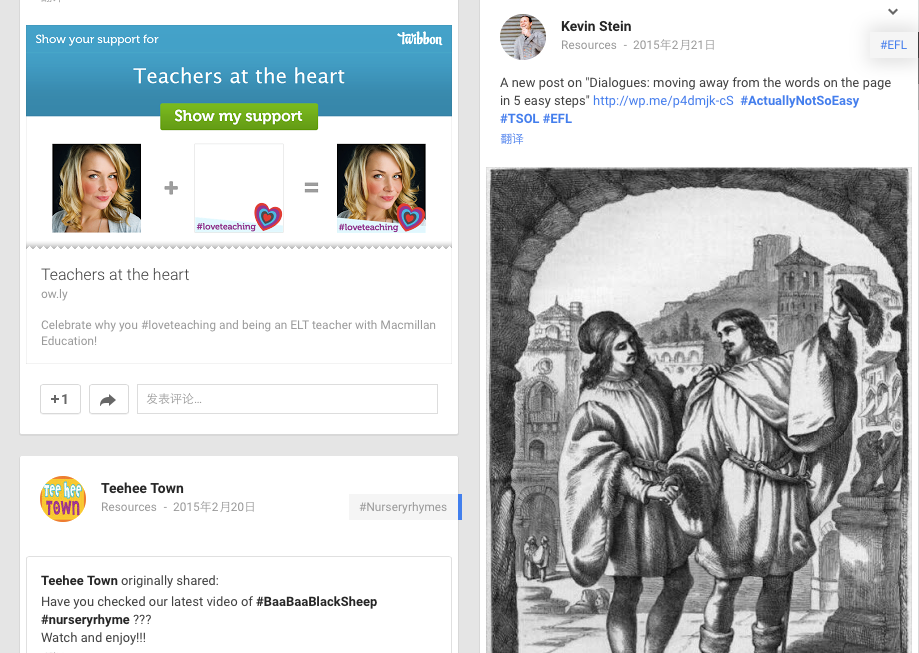There are many websites that provides the platforms allowing students around the world to communicate to each other. Today I want to share my experience using one of them - ePals.
It provides many programs and activities concerning many topics within which students from around the world can share their own opinions, solutions and suggestions.
Take the first activities as an example.
It encourages the students to share stories about protecting the environment and improving the world. Once a student submits a piece of work, they will turn the country on the map where the student comes from into green.
I just like the way it motivate the students. Besides, students can choose between individual activities and group activities which get the students more involved as a group. They can build up a team across countries.
In my future teaching, I really want to introduce this website to my students. This is a place that can really have the students experience the importance and pleasure of global communication. Thus can motivate them to learn more about the language itself. With the better language ability, students may have more possibility to learn from others all around the world. Moreover, if I want to have my students work on a program and help them to compare their works with other students from other countries, I may even create that program by myself. It really is a great place to learn and communicate globally.









